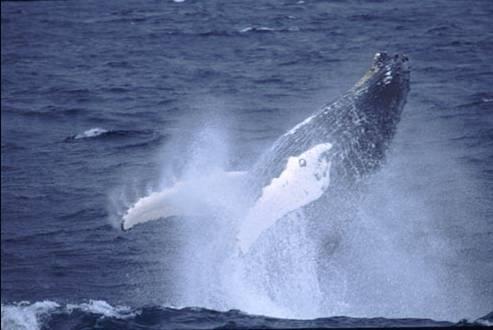Marine applications
The marine field of study is important to Norway, particularly in the western part of the country. Huge quantities of data are collected, which leads to many interesting challenges for statisticians.
Main content
1. Estimation of fish resources based on research surveys in the Barents Sea. To be combined with ecology research surveys. How should surveys be planned so that relevant statistical information is taken good care of while keeping to the budget?
2. Three dimensional statistical characterisation of shoals of fish. Based on the use of a new type of sonar and may be looked at as a problem in dynamic pattern recognition methods.
Population estimation
It is often essential to know the size of a population. For marine species, it is especially difficult to count the number of individuals that make up the population. Counting methodologies are being developed in collaboration with the Institute of Marine Research:
1. Line transect sampling: An observer counts the number of, for instance, whales she observes. But how can we extrapolate this to include the whole sea and how can we compute the uncertainty? This requires good statistical methods!
2. Genetic tagging and recapture: All individuals have their own unique DNA profile, including whales. This information may be used to find out which individuals are related and may also be helpful for estimating population sizes.
Interested? Feel free to contact Hans Skaug.
